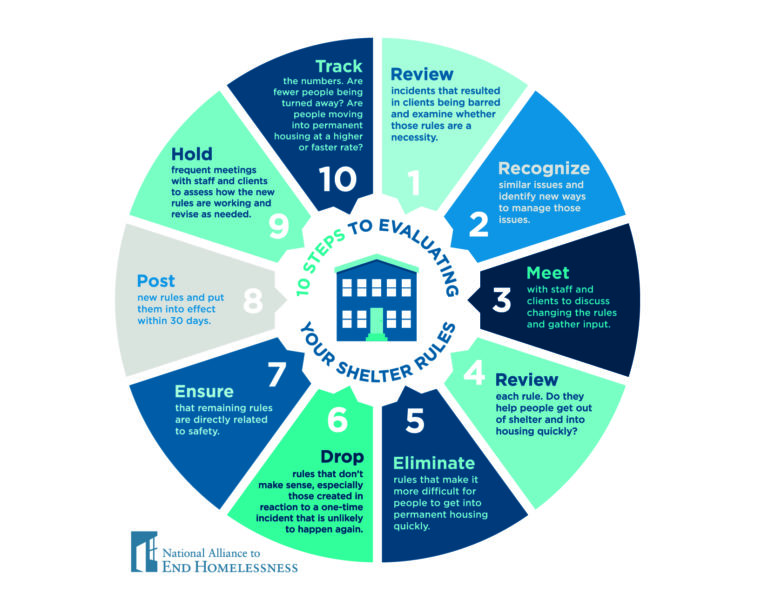Emergency Shelter in Multnomah County: A Report on Shelter for People Experiencing Homelessness
The Homeless Services Department has published a research report on emergency sheltering best practices, which includes a summary of nationally recognized effective shelter strategies and how those strategies are operationalized in Multnomah County; current research on effective shelters, including research conducted locally; and an exploration of some common strategies being implemented in other communities.
The Pathways Project is currently being implemented in partnership with the Homelessness Research & Action Collaborative at Portland State University. This mixed-methods, community-based research project aims to provide insight on how individuals experiencing homelessness in Multnomah County perceive and access homeless services, including different types of shelter. Combining this Lived Experience perspective with a deeper understanding of the inputs and outcomes of specific shelter service models will ideally contribute to the development and implementation of more effective, housing-focused shelter programs in Multnomah County.

The purposes of this report are as follows:
- Provide general information about emergency shelters for people experiencing homelessness in Multnomah County.
- Highlight nationally recognized best practices, current research, and strategies implemented in similar communities.
- Provide a generalized assessment of alignment in shelters funded by the Homeless Services Department (HSD), in order to support planning and decision making within the department.
- Provide a detailed description of our shelter system in Multnomah County.
- Ensure everyone interested in homelessness — from stakeholders to elected officials to community members — can access and use this information.

Key Findings:
- The report found that emergency shelters funded by the Homeless Services Department are doing well at aligning with nationally recognized best practices, and other successful strategies being implemented in similar communities in the United States. Continued expansion of a variety of shelter models and hybrid designs is being paired with targeted improvements at shelters currently in operation.
- This report identified strategies for the HSD to continue to improve alignment with best practices at specific shelters, address unique needs in our community, and incorporate approaches that have demonstrated success in other communities. These strategies include:
- Identifying and filling gaps in resources and services at specific shelters
- Making physical modifications to improve shelter outcomes
- Creating unique shelter solutions for chronically homeless populations
- Pursuing safe park options for people experiencing vehicular homelessness
- Implementing harm reduction strategies to the extent possible
- The report also identified the opportunity for a deeper investigation into the relationship between shelter features (staffing levels, physical design, service availability, etc.) and successful outcomes, among common shelter types.



